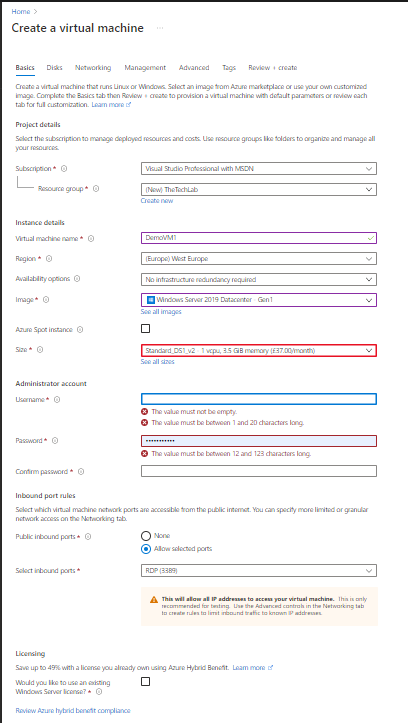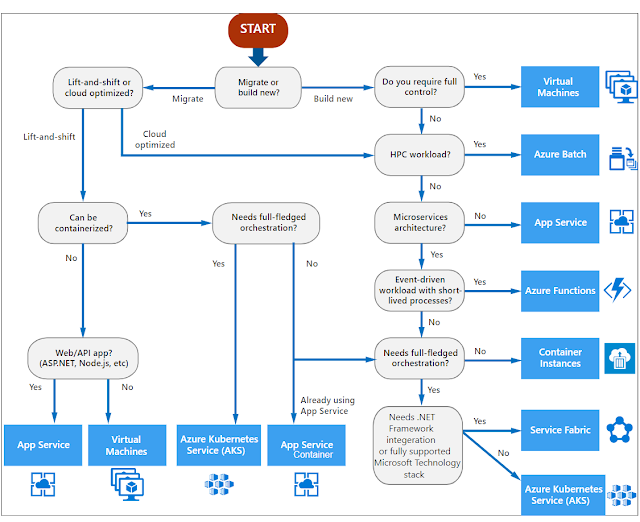Cloud Basics and Fundamentals Series
In order to understand anything for need to communicate or understand the language in which a system or problem is described. Cloud Computing have its own have language or technicalities which are very important to understand in order to understand the potential or the Cloud services. This cloud concept glossary with key terms and description is addressed briefly and concisely under the Series of Cloud Basics and Fundamentals . Microsoft have created an exam with Exam ref Az-900 for the basics of cloud for those people who are using or interacting with cloud in their roles, they could be administrators, clients or users. This Series have following with a great effort to summarise the points in the relevant cloud topics and if you are a beginner in Cloud Computing, you can quickly go through them without wasting much time on long articles and Microsoft documentation . However for deeper dive I found the best resource is Microsoft Docs. Some of the concepts have been re-phrased from the

